The increasing demand of content creation has directed more people into producing videos. Every format of the industry, relating from education to consumer goods, has realized it as a go-to medium for communication. For making the content accessible to a larger audience, you require its translation to multiple languages. This article discusses the top tools for transcribing and translating videos to help professionals make their videos more impactful.
Part 1. What are Video Transcription and Translation?
Before using the tools, it is essential to understand video transcription and translation. Understanding these processes will guide you in choosing the right solutions for your needs and help you adapt to various audiences:
Transcription
This process involves transforming the spoken dialogue of a video into written text. It captures every spoken word, along with any relevant non-verbal sounds that contribute to the video's context. Additionally, transcriptions include speaker identification to distinguish individuals and timestamps to mark when particular sections of dialogue occur to create a detailed textual representation of the video's audio.
Translation
Converting the transcribed text of a video into one or more different languages is referred to as translation. This process involves adapting the written script to accurately convey the actual meaning of the original content in the target language. Translators ensure that the translated text displays the terms of original words while being culturally appropriate for the new audience.
Part 2. What are the Benefits of Video Transcription and Translation?
After exploring the processes of video transcription translation, it is important to understand their benefits. These advantages extend beyond accessibility to enhance the overall reach of your video content.
Video Transcription
-
Wider Accessibility: Converting videos to written text makes videos accessible to people with hearing impairments by offering them with a written version of the audio.
-
SEO Optimization: By including a written version of the video, you can improve its SEO score and help it in ranking on search engines.
-
Content Reference: Transcriptions enable viewers to search through the text to find specific sections or topics within the videos without viewing the entire content.
-
Comprehensive Archiving: By creating a text version of the video’s spoken words and key audio elements, you can keep an organized archive of the content.
Video Translation
-
Expanded Audience Reach: With transcription translation video into diverse languages, you can ensure your content is accessible to speakers of different linguistic backgrounds.
-
Enhanced Viewer Engagement: Translating content removes the language barriers to make it easier for viewers to follow and interact with the material.
-
Professionalism: By investing in translation services, you show that you value the diverse linguistic needs of your audience, which reflects a respectful approach to global communication.
-
Brand Identity: Translation enables you to cater to local populations, which can increase your brand presence in previously untapped markets.
Part 3. Best Online Tool for Video Transcription and Translation
One stand-out tool that provides advanced video transcription-translation utility is BlipCut AI Video Translator . It combines AI innovation with a user-friendly interface to streamline the process of transcribing and translating the content. Integrated with ChatGPT, BlipCut offers accurate conversion of spoken dialogues to English and other 95 languages, ensuring precision in global reach. To enhance workflow efficiency, users can translate all their videos at once using its batch translate feature.
Additionally, the powerful speech-to-text technology of this tool accurately transforms the audio within the video into written text. This feature provides subtitles for your videos, which you can further edit to ensure they meet your specific requirements.
To learn how to use this tool for your transcription and translation needs, follow the given step-by-step guide.
-
Step 1. Upload Your Video to the BlipCut AI Video Translator’s Editing Interface
After accessing the AI Video Translator tool from its official website, click on the Upload File button on its homepage to add the video for transcription and translation.

-
Step 2. Select the Appropriate Languages and Voice Options
Once you’ve uploaded the video, select the Source language of your video from its drop-down menu. Next, expand the list under Translate to and choose the language you want to convert your video into. Moving forward, select your preferred voice style from the available options under the Select voices for translated videos section. After making selections, press the Translate button to begin the process.

-
Step 3. Edit the Transcript Text and Generate Voice Translation
After the processing is complete, the original words and the transcribed text will be displayed on the screen, which you can edit further. Finally, tap on the Generate Now button at the bottom of the video preview to generate a translation for the video in your chosen language.

-
Step 4. Download the Output Video to Your Device
When the translation of your video is finished, head to the bottom right-corner of the interface and click the Download tab to open up a pop-up window. In this window, select the Format of the video according to your preference. You can also choose to download audio and subtitles by checking their respective boxes. Once you’ve applied the download settings, hit the Download button to complete the process.

Part 4. Other 3 Tools for Video Transcription and Translation
Having established the incredible transcription and translation video capabilities of BlipCut AI Video Translator, it's important to explore other options that also excel in this area. Here are 3 noteworthy alternatives that offer advanced features for converting your videos into accurate transcriptions and translations.
1. Happy Scribe
Happy Scribe offers two types of transcription services to cater to various needs. Its automatic transcription feature uses AI technology to deliver fast and accurate text conversion from video audio, making it ideal for those requiring quick results. On the other hand, human-made transcription and translation involve professional transcribers who review and refine the automated text.
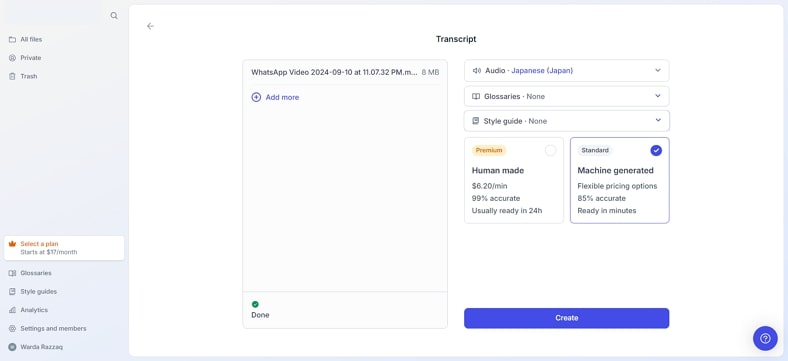
Pros
![]()
-
You can export the transcribed files in various file formats, including VTT, PDF, and more.
-
Happy Scribe allows you to generate subtitles for your videos in multiple languages.
Con
![]()
-
Users need to upgrade to a premium plan to utilize the video transcription translation of this tool.
2. Maestra
This tool excels in providing translations for your video content in over 125+ languages, allowing users to reach a wider audience. Additionally, Maestra allows you to transcribe the audio in your uploaded videos into languages. Once transcribed, you have the option to edit and export the video transcripts in the format you prefer.
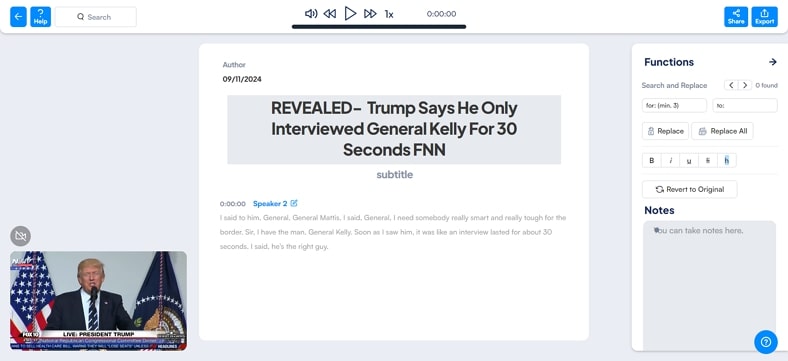
Pros
![]()
-
You get the utility to generate captions for the videos in multiple languages.
-
Using the AI dubber tool, users can generate realistic AI voices or clone their own voices.
Con
![]()
-
Users might experience delays during the transcription and translation of videos due to their slow processing.
3. Notta
Integrated with advanced AI technology, Notta provides accurate transcription utility by offering support for over 58 languages. From transcribing hour-long audio or video files, you can use this tool for converting spoken language from any kind of content. Furthermore, the translate feature enables you to transform the dialogues in meetings, interviews, or even voice recordings into your desired language.
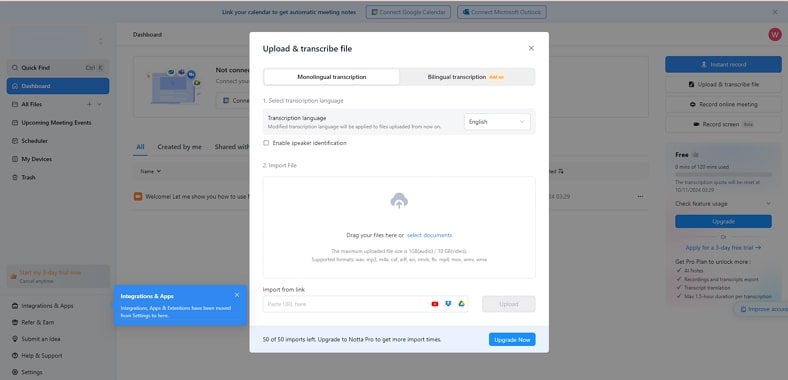
Pros
![]()
-
Users can review the transcripts to make edits using the built-in editing tools.
-
This tool offers a meeting recorder tool to capture online meetings in high-quality audio and video.
Con
![]()
-
The free trial plan only allows you to transcribe 50 uploaded files per month.
Part 5. FAQs on Transcription and Translation for Video
-
Q1. How does video translation differ from transcription?
A1: Transcription refers to the process of converting the video content into text format, while translation is the process of transforming content into different languages.
-
Q2. Can transcription and translation be automated?
A2: Yes, video transcription translation can be automated using AI technology. One such tool which automates these processes using advanced AI is BlipCut.
-
Q3. What formats are used for transcription and translation?
A3: The widely used formats for transcription are SRT, VVT, and TXT. On the other hand, translation often utilizes formats such as XLIFF, PO, and TMX.
Conclusion
Throughout this article, we reviewed the top tools that provide transcription and translation video services. While these tools offer reliable solutions for converting video into written text and translating it into various languages, they lack advanced features such as real-time processing and editing capabilities. Among all the tools, BlipCut AI Video Translator stands out as the best option due to its support for a wide range of languages and AI voice options.
Leave a Comment
Create your review for BlipCut articles
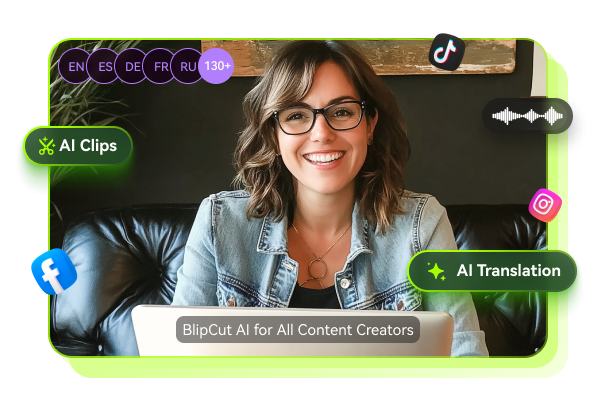




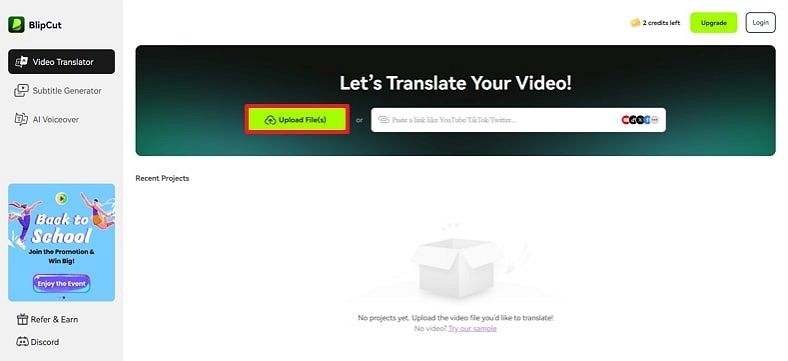
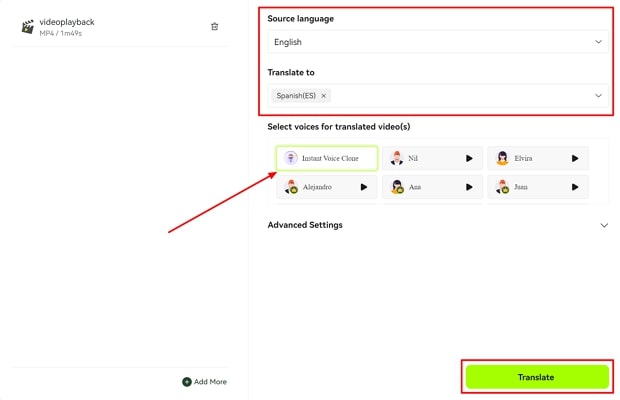
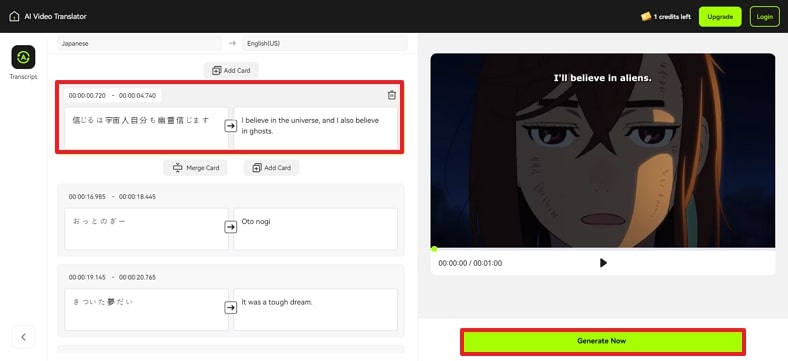
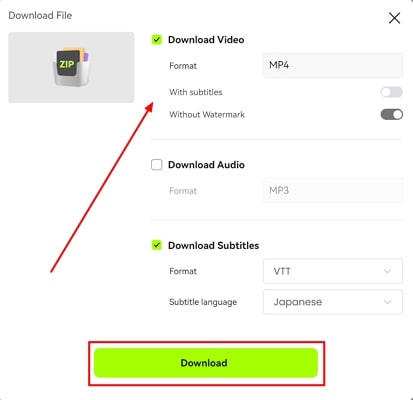

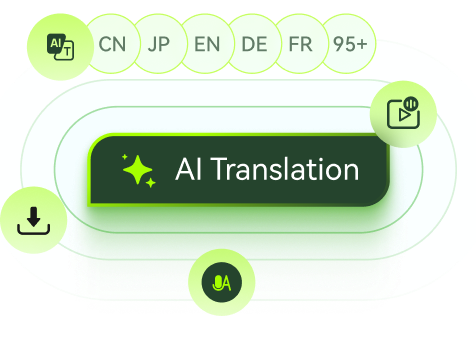

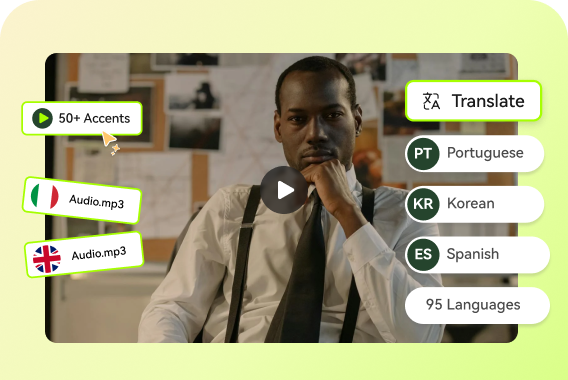

Blake Keeley
Editor-in-Chief at BlipCut with over three years of experience, focused on new trends and AI features to keep content fresh and engaging.
(Click to rate this post)